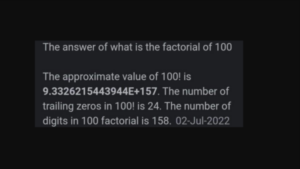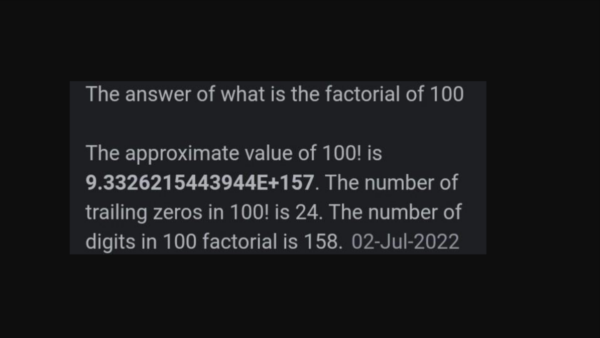The market consists of all the potential customers sharing a particular need or want who might be willing to engage in exchange to satisfy that need or want. Thus, it is the presence of a group of people with a need or want, with the purchasing power and the willingness to buy a product or service to satisfy that need or want, or it is a group of people with demand for a product that forms the market; on the other hand, offer or make available product or services to satisfy the needs or wants of customers as an essential condition of engaging in the above exchange. In other words, there exists a product-market relationship in this exchange.
Product market denotes a combination of a product or service and groups of customers having demand for that product or service to satisfy their need.
“The market, in economics, is simply the network or dealings in any factors of production between buyers and sellers.” —Cairncross
“Market is a group of people who possess purchasing power and the authority and willingness to purchase.” —Boone and Kurtz
Factors Determining the Size of the Market
Following factors determine the size of the market:
-
The degree of division of labor
-
Development of scientific facilities
-
Development of the means of communication and transport
-
The character of commodities
-
The policy of the state 6. The nature of demand for the commodity
-
Currency and credit system
-
Peace and security.
1. The degree of division of labor: The extent of market depends upon the degree of division of labor. On the other hand, the division of labor is limited by the extent of the market. The converse of this is also true. The greater the division of labor, the cheaper the article and wider the market.
2. Development of scientific facilities: An example is cold storage which helps in widening the market. It also maintains the equilibrium in demand and supply of the product.
3. Development of the means of communication and transport: It has enabled things to be carried long distances and has widened the markets for all types of commodities— perishable and non- perishable.
4. The character of commodities: In order to have a wide market, a commodity must be portable, durable, suitable for sampling, grading and exact description and as such its supply can be increased, for example, wheat, gold, government securities etc.
Bulky and perishable articles have a narrow market. However, modern techniques of packaging have greatly extended the size of market even for perishable commodities like fresh vegetables, milk and fruits.
5. The policy of state: Market can be restricted by the policy of the state. Prohibitive duties and quotas restrict the market. Lenient policy of the state may increase the boundaries of the market.
6. The nature of the demand for the commodity: A commodity which is in universal demand e.g., gold and silver will have a wide market. Commodities having local demand such as milk or bricks have only local market.
7. Currency and credit system: If the currency and credit system are well developed, marketing can be conveniently and profitably carried on over-extensive areas.
8. Peace and security: Goods cannot be marketed to distant places unless peace and order prevail. In war time, due to insecurity in war zones markets get restricted.
Learn more about market segmentation only at the University Canada West, one of the best universities in Canada, offering various business and management related programs.








